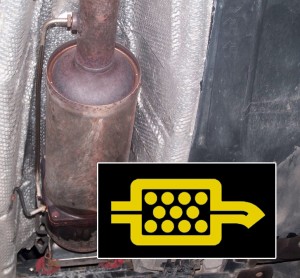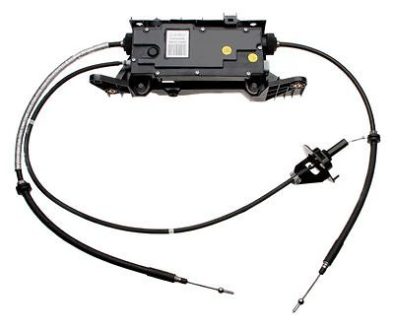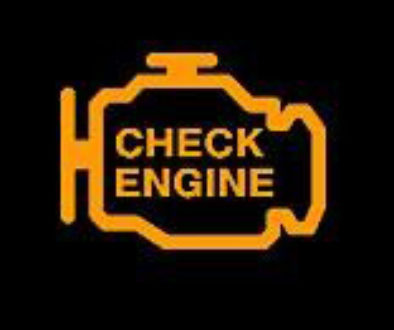Diesel Particulate Filter warning light on?

Is your DFP Light illuminated on the dashboard?
DPF or FAP, where fitted to production diesel cars from early 2006, the DPF looks similar to a traditional exhaust silencer but is mounted close to the engine.
Inside the DPF is a complex honeycomb ceramic structure thats function is to trap diesel particulates (black soot) in the exhaust system.
The soot remains in the filter up until around 45-50% saturation & is often measured by a pressure sensor it is then burnt off to stop the filter becoming over blocked and thus restricting the amount of air flow through the exhaust.
There are three common ways of Regeneration that the manufacturers currently use to implement this process.
A: Passive regeneration whilst driving, for this type the DPF/FAP filter is normally located just behind the catalytic converter or incorporated within the catalytic converter. The engine ecu often starts the regeneration process by extending the injection duration by switching on electrical loads, ie glow plugs, heated rear screen. This allows fresh fuel to enter catalytic converter raising the temperature and therefore burning off the soot. This type of regeneration requires stable and constant high speed driving, (over 40 mph) for at least 10 minutes to be an effective method.
B: Via a secondary Injector, (common for smaller Renault 1.5dc diesel engines). A second injector is fitted on or close to the to the catalytic converter, where It is fed by its own fuel pump supplying a consitant pressure of around 2.5bar. When the soot levels become high in the particulate filter, fuel is directly injected into the system, raising the temperature of the catalytic converter up to a point that it can burn off the particulates within the exhaust. The primary benefit of this system is that no particular driving style has to be adopted. It is not uncommon for the engine note to change and an increased amount of smoke emitted from the exhaust, (this is normal). It is important to note, this system is proving to be the least problematic & generally does not require expensive maintenance.
C: Elloys Additive method, this method uses a separate additive ELLOYS tank that is often located near the fuel tank. The fluid is very corrosive and protective gloves are required is also not very accessible unless a ramp is used. The additive is also currently very expensive and special Diagnostic tools to reset the counters & amount of fluid be written to the cars engine control unit (ECU). The additive is mixed with the fuel automatically when at the fuel station, a reduction in injection temperature that the soot particles need to be burnt off. The engine speed needs to be quite high (above 2000rpm) for this process to be successful.
Methods A & B of regeneration are typically causing the most problems with town & local only drivers, both relying on the engine speed (+40mph) for the regeneration process to be initialised, this is rarely happens as the cars themselves, being quite high geared for fuel economy reasons, rarely achieve the requirements needed for A: B: regeneration. This will result in the filters becoming block and the cars needing to visit a garage, to carry out either a forced regeneration or an expensive DPF/FAP replacement if the warning light is ignored, The average repair bill is often in excess of £1250.
These two methods of regeneration can often take a negative effect on the engines with the Increased injection times often causing the un-burnt fuel to contaminate the engine oil which is why cars fitted with DPF/FAP often have shorter service intervals or require special grades of oil to be used, (C2, C3 PD oil, Low Saps). These oils are more expensive and if correct grade is not used during service intervals will cause irreparable damage to the engine and turbocharger, hence servicing cost more, so beware of cheap services, there cheap for a reason !
Current MOT regulation requires that in a vehicle originally fitted with a DPF or Particle filter, that it must be working. Removing DPF software from ECU is no longer a viable option as your car may fail the MOT!


